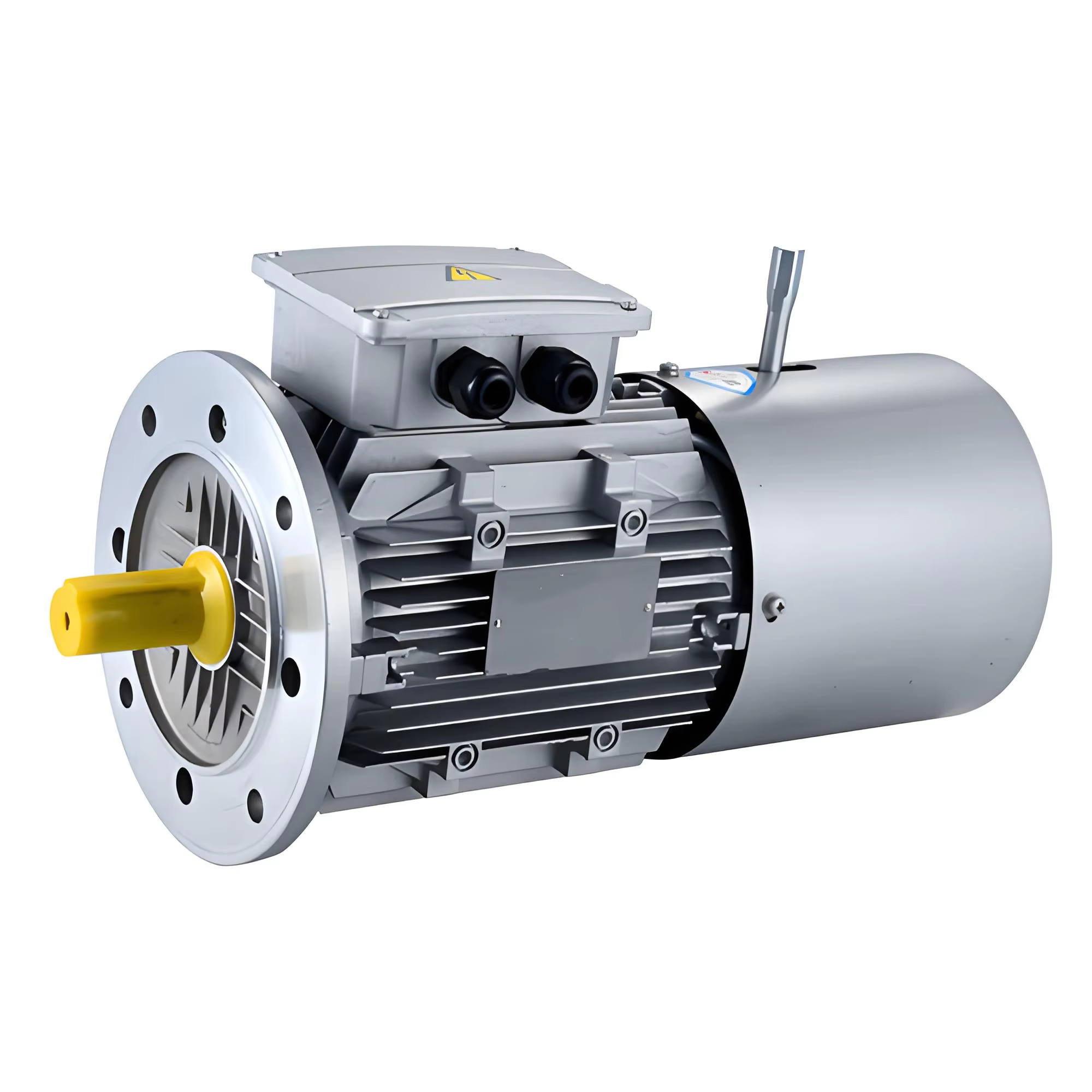
Proper compatibility verification is essential when sourcing motor replacement parts–mismatched components contribute to 37% of premature mechanical failures, according to 2023 repair shop surveys. While universal parts exist for certain applications, most modern vehicles require precision-matched components to maintain factory performance and safety standards.
A vehicle identification number made up of 17 digits acts kind of like a blueprint for cars, showing all sorts of information including what type of engine it has, transmission details, and other factory specs when checked against online VIN decoding services. Take the case of a 2020 Ford F-150 for instance its VIN tells mechanics if they need to install either a 2.7L EcoBoost or a bigger 5.0L V8 starter motor these parts actually mount differently on the engine block and require distinct wiring setups too. If someone happens to lose their VIN somewhere along the line, the best bet is to look up parts based on the car's make, model, and production year using supplier websites that have fitment guides. This saves money because nobody wants to keep buying wrong parts just to find out later they don't work right.
Even parts labeled “compatible” demand secondary validation:
According to a 2024 Fitment Accuracy Report, 23% of installation issues arise from assuming compatibility without physical verification. Always inspect dimensions before installation to prevent misalignment or operational failure.
Three errors frequently lead to compatibility failures:
Mechanics stress that a single error in part numbers or VIN interpretation can result in weeks of downtime. Always verify specifications using both OEM documentation and the latest aftermarket compatibility charts.
Parts made by OEMs (Original Equipment Manufacturers) are basically copies of what came out of the factory right from the start, crafted according to strict specs. Parts from aftermarket companies come from other makers and might look different or use alternative materials, though many go through thorough tests to hit or even beat OEM standards. When it comes down to it, price and how easy they are to get matter most. OEM stuff usually runs anywhere from 30 to 50 percent higher in price tags, whereas good quality aftermarket alternatives tend to arrive quicker and still perform pretty well for most applications.
A 2023 Automotive Components Study found OEM parts have a 12% lower failure rate over five years compared to average aftermarket alternatives. However, premium aftermarket components from certified manufacturers demonstrated comparable reliability at 15–20% lower prices. Key considerations include:
| Factor | OEM Parts | Quality Aftermarket |
|---|---|---|
| Warranty Coverage | 2-3 years (manufacturer) | 1-2 years (supplier) |
| Material Consistency | 98% compliance | 92-95% compliance |
| Availability | 3-6 week lead times | 24-72 hour shipping |
For newer vehicles under warranty, OEM parts ensure compliance. For older models, certified aftermarket parts often deliver better value without sacrificing durability.
In three key scenarios, aftermarket motor replacement parts are superior:
Always confirm part standards like ISO 9001 or IATF 16949 to guarantee adherence to global automotive quality standards.
Reputable suppliers provide third-party lab reports detailing:
Surveys from the Society of Automotive Engineers find 54% of practitioners routinely inspect material validation data before purchase when sourcing critical components. Align test data with OEM requirements to ensure longevity in harsh environments.
3D printing, guided by CAD precision, reduces lead times by 65–75%, which is a game-changer for on-demand part replacement. While early challenges like limited material availability have been addressed, experts note that extensive testing is required for critical parts like brakes and engine internals to gain trust among major automakers. Nonetheless, sectors including motorsport use 3D production for lightweight aluminum intake designs that reduce mass 15% on average, offering substantial efficiency gains.
Sensors embedded in components lead to proactive maintenance strategies:
Data from Juniper Research shows IoT-enabled parts offer tangible ROI, including a 15% reduction in downtime and maintenance costs. Emerging tech enables smaller workshops to provide dealerships levels of service by leveraging AI-assisted data analytics tools.
With rising electric vehicle adoption, the motor replacement parts market for EVs is projected to grow by 20% annually through 2030. Cutting-edge manufacturing methods for aluminum windings reduce weight while boosting efficiency. 2025 industry forecasts put redesigned motor assemblies with decreased friction losses at 27% better than traditional steel counterparts, responding to burgeoning EV parts demand (Energy Research Report, 2025).
Prioritizing compatibility, quality assurance, and fitment guarantees ensures successful repairs. Analyze OEM and premium aftermarket options based on individual vehicle requirements to optimize for long-term performance. By accounting for total ownership costs, buyers can avoid falling into false economies that risk greater problems down the line. Cutting-edge advancements, including advanced materials and AI integration, simplify maintenance while enhancing efficiencies for professionals and consumers nationwide.
 Hot News
Hot NewsCopyright © 2025 by Changwei Transmission (Jiangsu) Co., Ltd — Privacy Policy